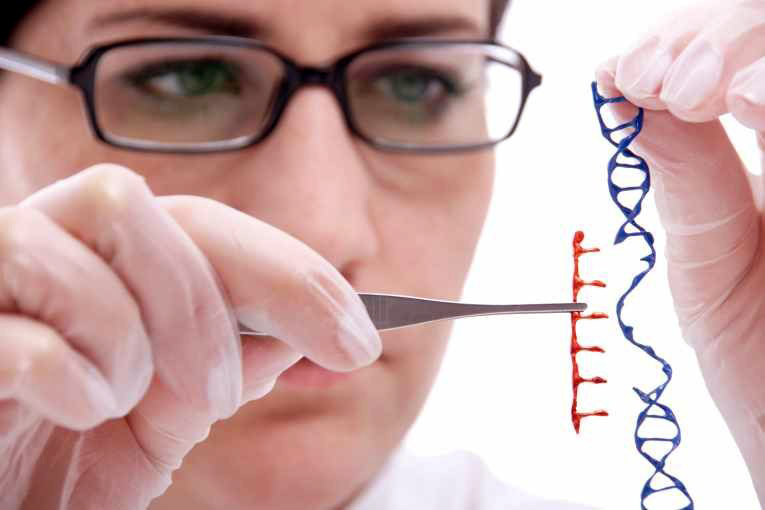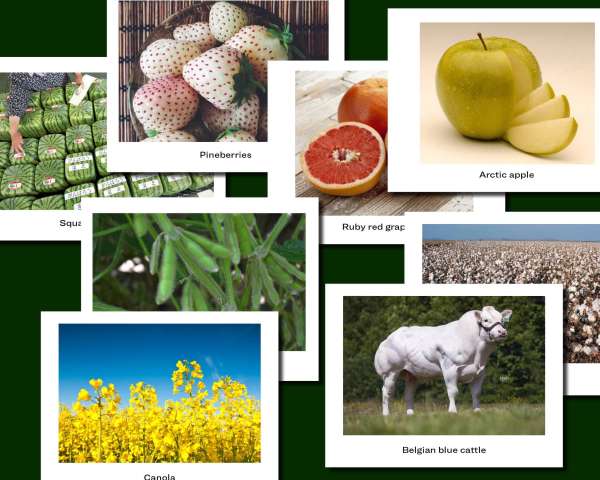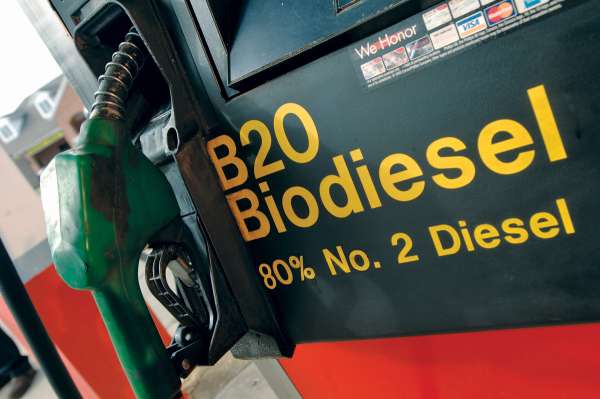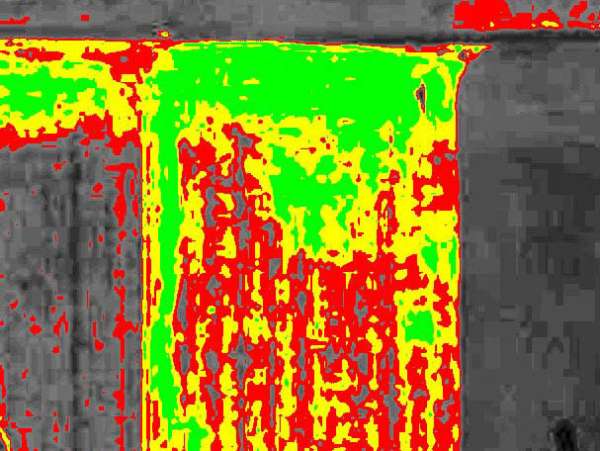Selective Breeding and GMOs
Lessons
# Introduction to genetic modification
Students learn the various advancements in the history of technology that have led to the modification of organisms.
Files
# Modeling selective breeding
Students complete a simulation that models selective breeding for aphid resistance.
Files
# Selective breeding vs genetic modification
Students learn the various definitions of genetic modification and the regulatory groups that oversee the approval of genetically modified organisms by completing the What do you know about GMOs? e-learning course. Other plant breeding techniques are described in the Plant Breeding Techniques including CRISPR e-learning.
Files
Teacher background
Genetic modification is a topic that has been misunderstood by the public, although there have been many studies completed about the safety of genetic engineering. Even the terms are confusing! GMOs, or genetically modified organisms are living things that have had the DNA from another living organism added to its genome. There are 14 genetically modified crops that are currently in the marketplace today. There have been many more stories about the attempts to bring other genetically modified organisms to consumers that are have met with resistance or regulatory difficulties along the way (i.e. frost-resistant strawberries, Flavr Savr™ tomatoes).
Even more confusing is the actual definition of genetic modification. Genetic modification in its earliest form began when hunter gatherers turned into farmers. The best plants that had the largest yield were harvested, planted, then crossed with each other to produce some of the familiar crops we have today. Teosinte => corn is a prime example of something we have been doing for thousands of years. Today, scientists have access to the genomes of many plant species and are finding genes that control the traits that are desirable in commodity crops: drought-resistance, insect resistance, fast-growth, etc. Genetic techniques are being used in combination with more traditional methods of plant breeding to increase yield and decrease water use at the same time.
A new technology called CRISPR-Cas9 is a gene-editing tool that allows researchers to change the genetic code of an organism without inserting foreign DNA. See this resource to learn more about CRISPR-Cas9. This is one of several techniques bring used by plant breeders called plant breeding innovations (PBIs).

Next gen science standards
Science and engineering practices
- Asking questions (for science) and defining problems (for engineering)
- Developing and using models
Crosscutting concepts
- Cause and effect
Disciplinary core ideas/content
- ESS3C Human impacts on Earth systems
- LS1B Growth and development of organisms
- LS2D Social interactions and group behavior
- LS4B Natural selection
- ETS1 Engineering Design
- ETS1B Developing possible solutions
- ETS2 Links among Engineering, technology, science and society
- ETS2B Influence of engineering, technology and science on society and the natural world






Share this